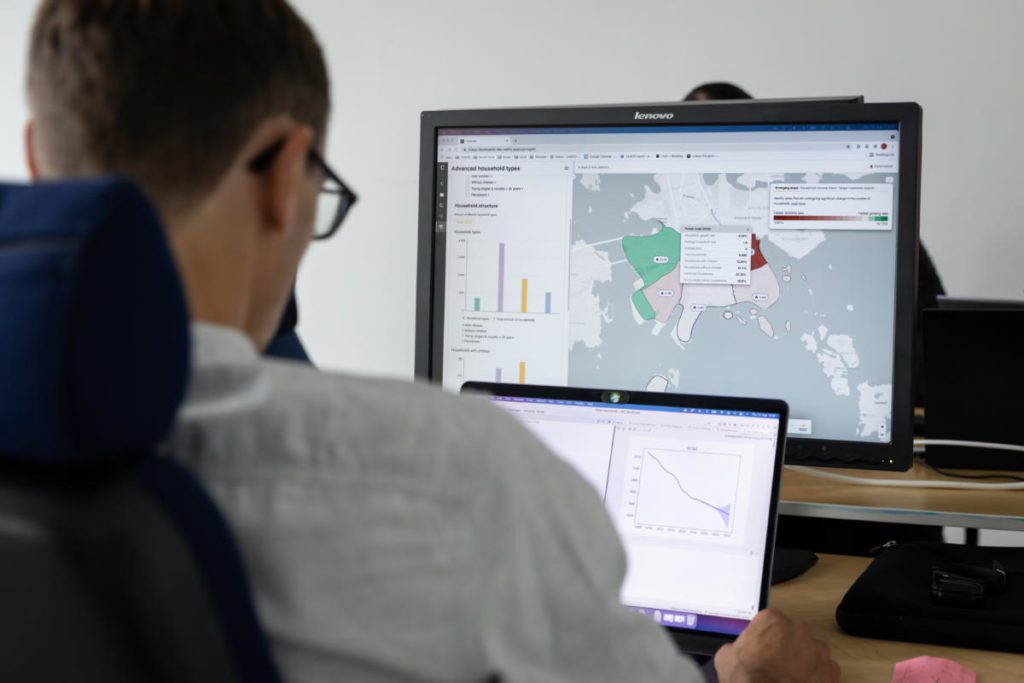

Unlocking Business Potential with Location Intelligence Solutions
In today’s fast-paced business landscape, data is the driving force behind informed decision-making. Harnessing the power of location intelligence is no longer an option—it’s a necessity.




